7 types of air purifying plants to cleanse your home
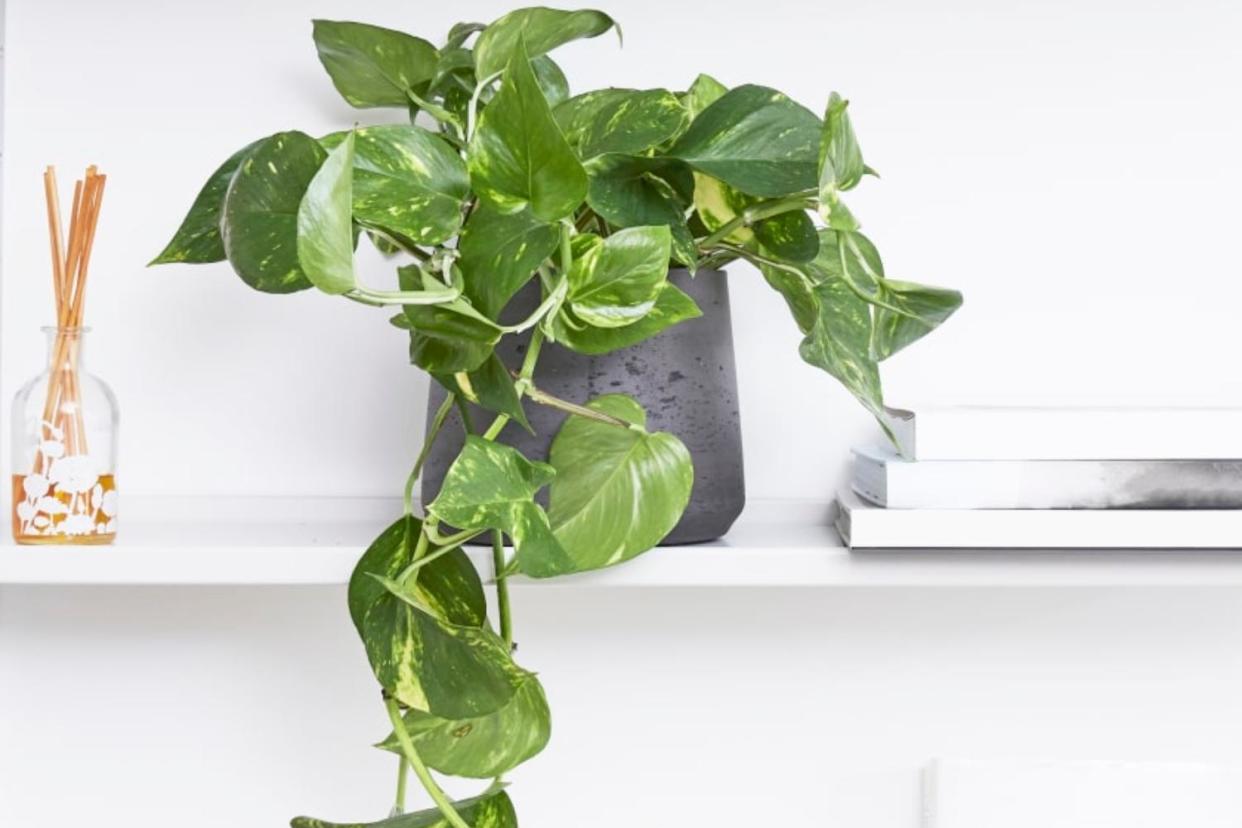
While it’s hard to find a silver lining in this coronavirus pandemic , one has been the lowered levels of pollution in London , and other major cities across the world.
As we stay indoors, less carbon dioxide is being released into the atmosphere and while the long-term effects of this are yet to be seen, it can (hopefully) only be a positive.
Yet, as we remain in our homes on a near 24/7 basis, thanks to the UK lockdown laws, we need to think about the air we’re breathing inside, which can often be filled with harmful toxins from common household furniture and cleaning products.
Luckily, there is a very ‘grammable solution to this: plants.
A 1989 study from NASA determined that some plants are capable of not only removing carbon dioxide from the air, but other household toxins as well.
Freddie Blackett, founder of online plant retailer Patch, says: “Toxic compounds, like formaldehyde, from furnishings, upholstery, building materials and cleaning products all contribute to making indoor air quality less than squeaky clean. Outdoor air contaminants can also find their way inside, such as pollen, bacteria and moulds.
“As plants absorb carbon dioxide they also take in toxic particles from the air. During photosynthesis they transform these toxins into lovely, pure oxygen which they then release into their environment.”
Read on to find out the best plants that can naturally purify your indoor air.
Weeping Fig (Ficus Benjamina)
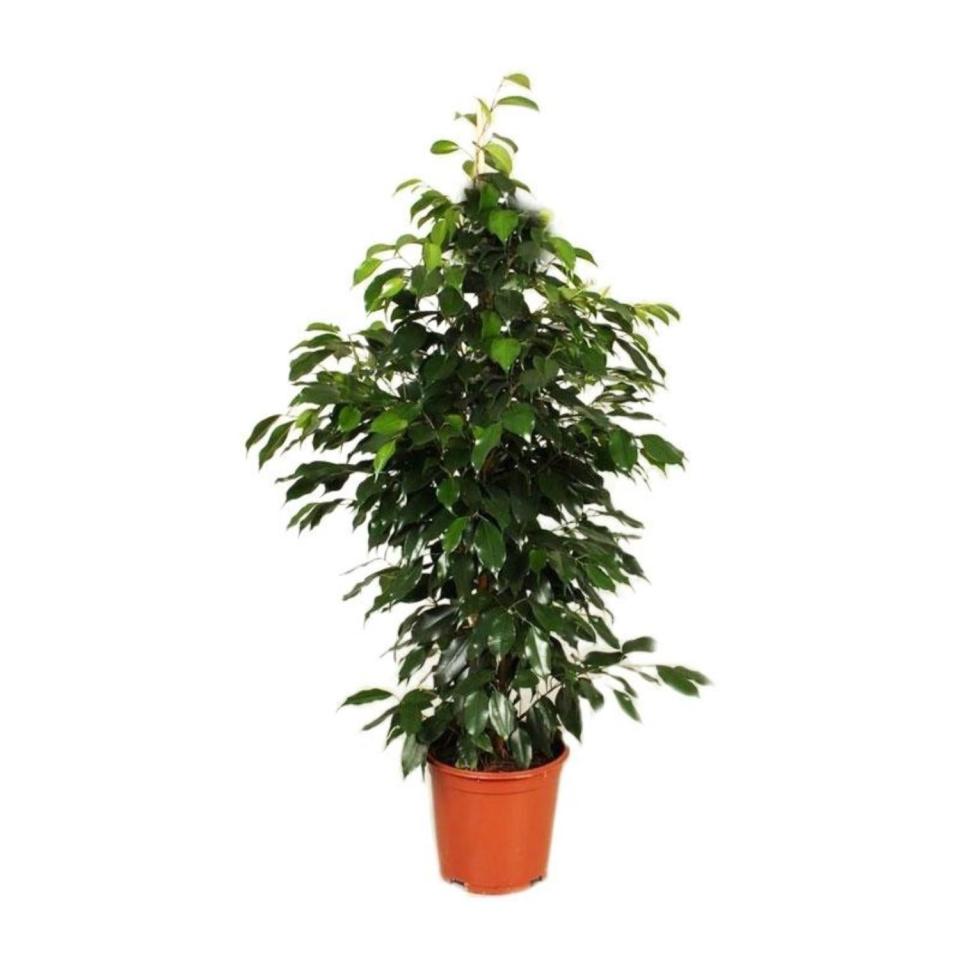
With glossy forest-hued leaves and a maturity height of up to six feet, the Weeping Fig makes a statement in any household. Its handsome looks match its functionality - it has one of the top removal rates for air toxins like formaldehyde, benzene, and trichloroethylene.
£34.99, hortology.co.uk
Laceleaf (Anthurium)
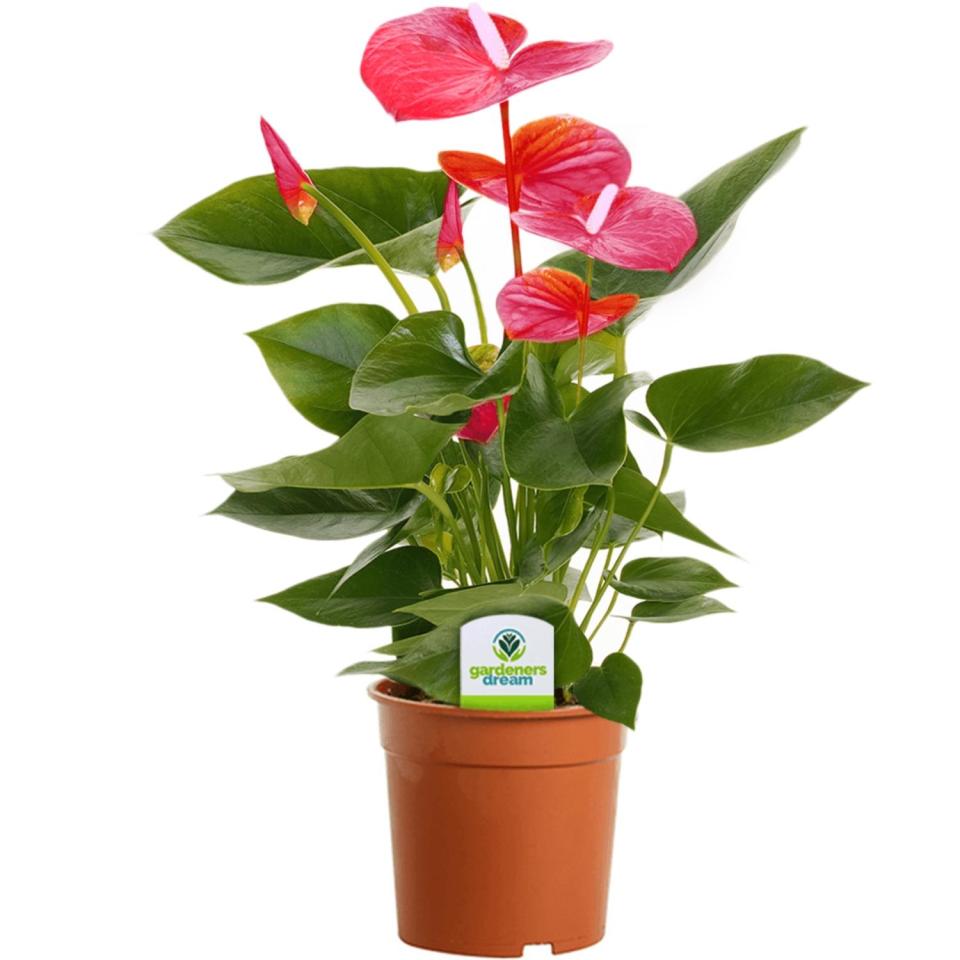
Named by NASA as one of the best air purifying plants, the aesthetically-pleasing Laceleaf adds a pop of red to any living space, while its large, dark leaves suck up ammonia, formaldehyde, toluene and xylene from the air.
£17.99, gardenersdream.co.uk
Corn Plant (Dracaena Fragrans)

Sometimes known as a ‘false palm’ the Corn Plant brings palm tree glamour indoors with its warm leaves and textured stem. Several Corn Plants can increase humidity in the room, aiding respiratory diseases, and it can absorb toxins like formaldehyde, benzene and trichloroethylene.
£8, patchplants.com
English Ivy (Hedera Helix)
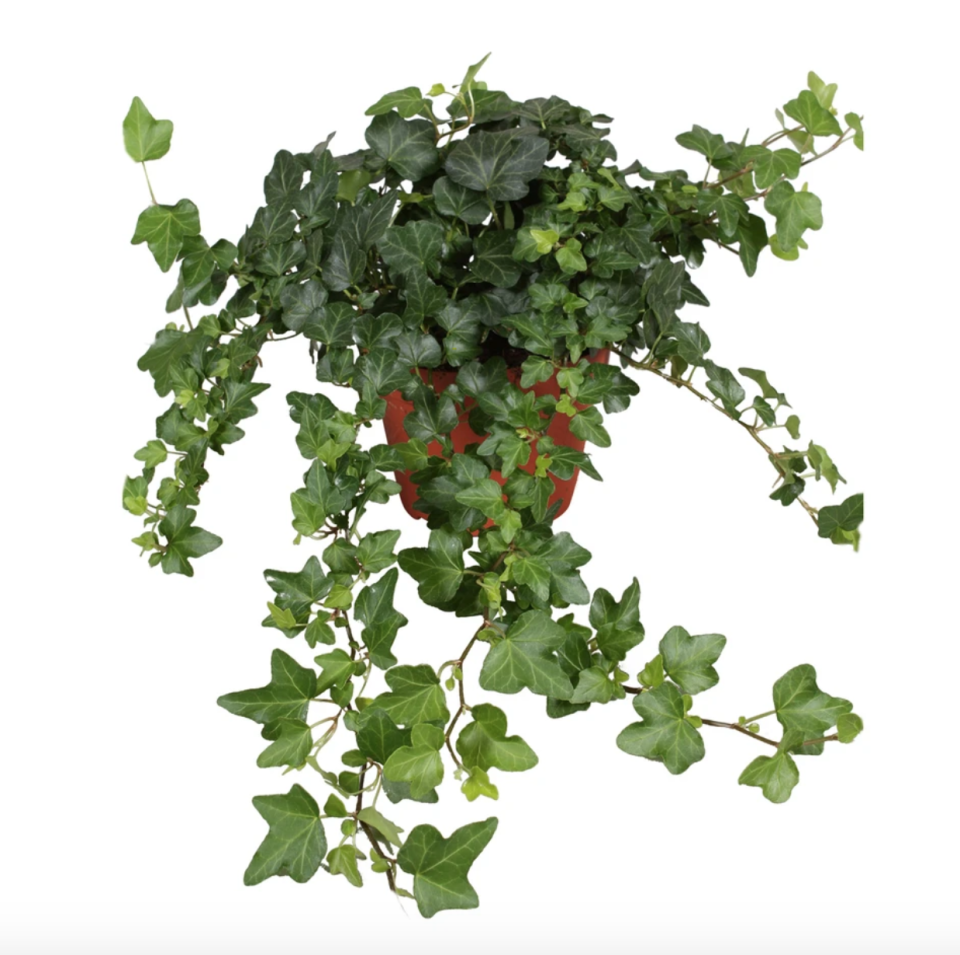
Known for its quick growth, English Ivy’s Greek name ‘Hedera Helix’ quite literally means ‘twist’ and ‘turn’. Perfectly placed in your bathroom (in a macrame hanger, if you will), it removes a range of common pollutants as well as mould from the air.
£5.99, bakker.com
Peace Lily (Spathiphyllum Wallisii)
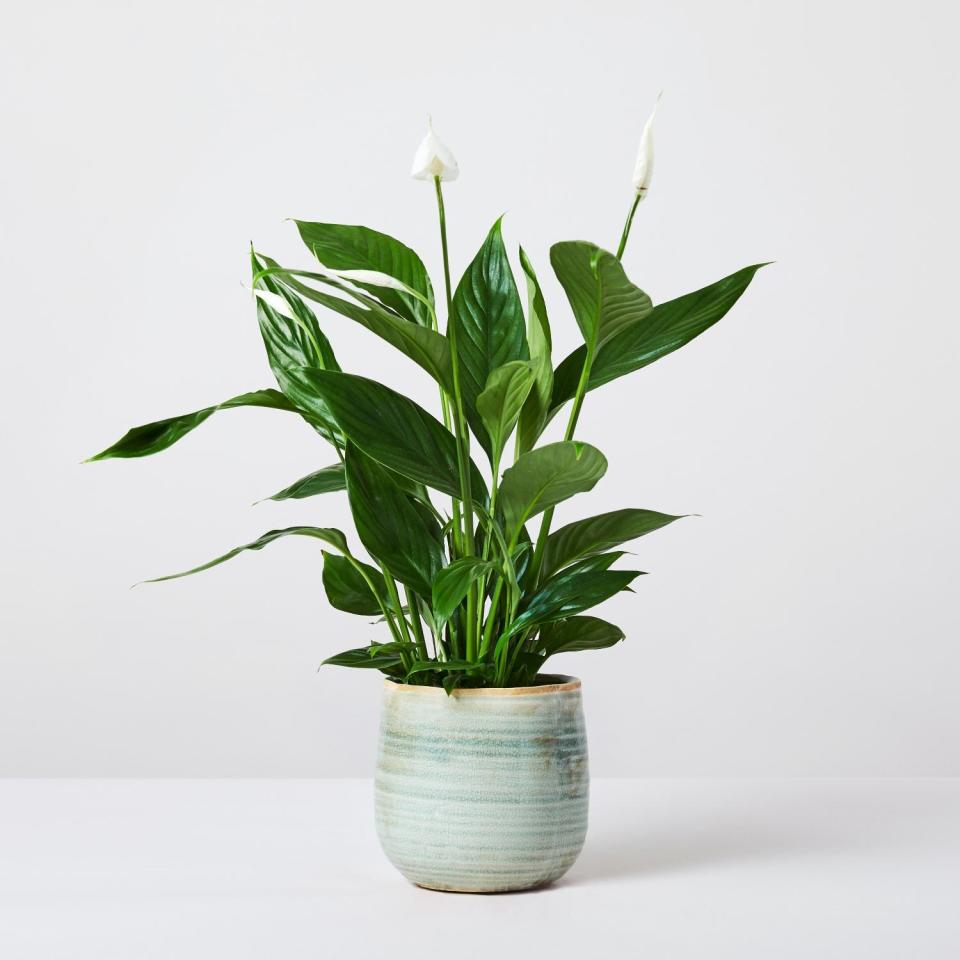
Maximum beauty for minimal effort, the Peace Lily has long been a London renter’s staple. Its ivory blossom and deep green leaves remain happy even in low light, and it can absorb airborne mould spores and common pollutants like ammonia, benzene and formaldehyde.
£10, patchplants.com
Devil’s Ivy (Golden Pothos)
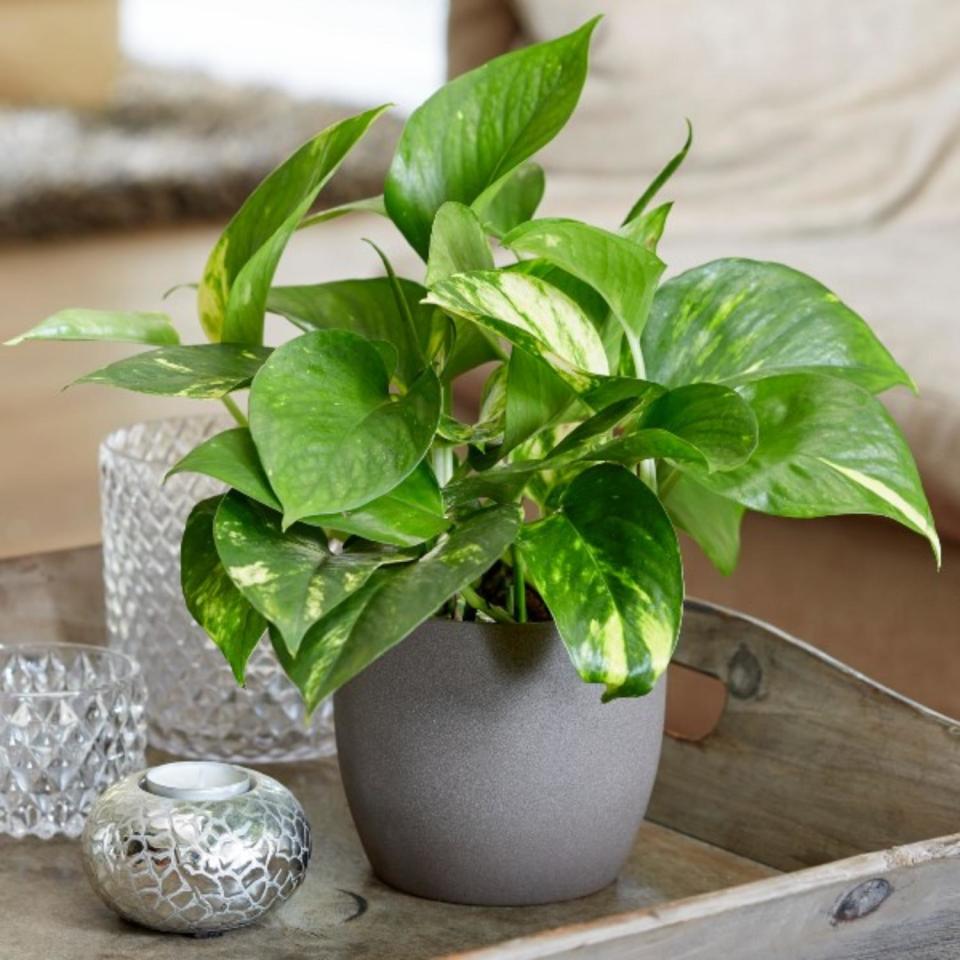
English Ivy’s exotic cousin, Golden Pothos hails from French Polynesia and lives up to its moniker with its heart-shaped golden-green leaves. A quick grower, it removes formaldehyde from the air and it requires minimal effort for fruitful results - its stems look lovely cascading down a bookshelf or can be trained up a wall.
£9.99, primrose.co.uk
Parlour Palm (Chamaedorea Elegans)

With dense, palm-like fronds, the Parlour Palm brings a touch of Californian romance to any living space. With Mexican origins, it thrives with extra humidity but is overall a low-maintenance roommate and filters airborne toxins like xylene, formaldehyde and dust.
£9.99, hortology.co.uk

 Yahoo News
Yahoo News 
